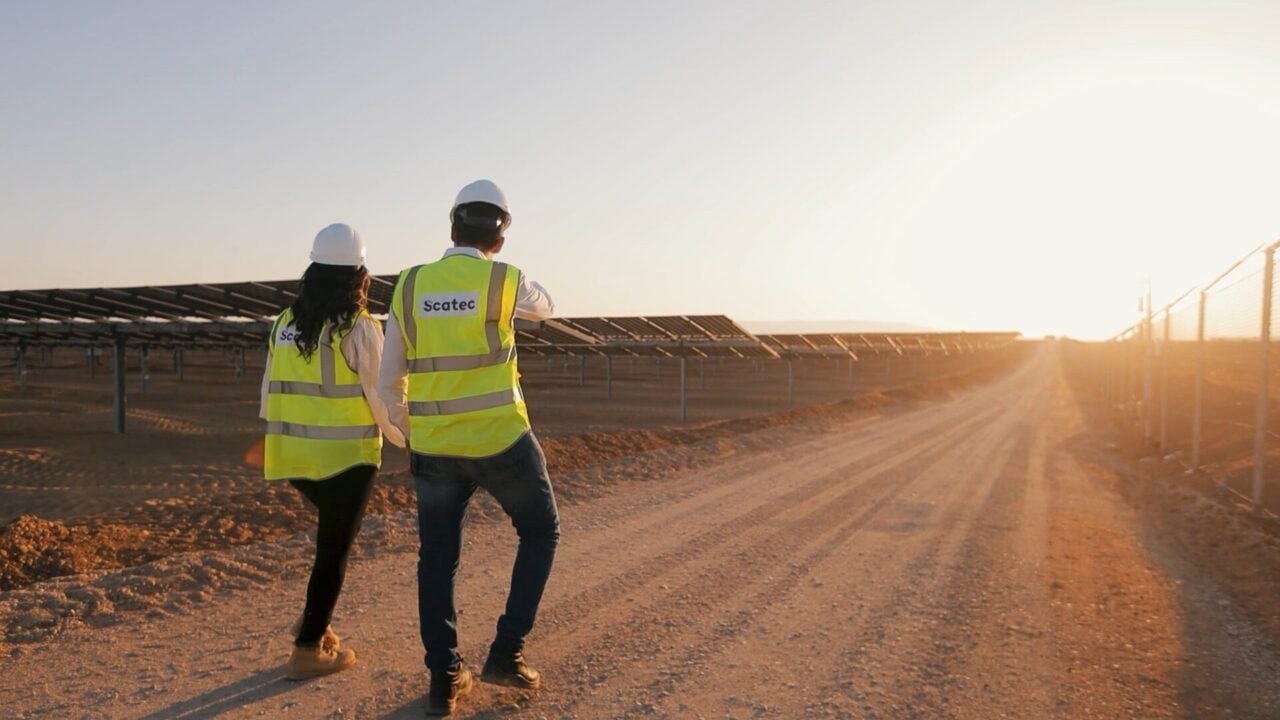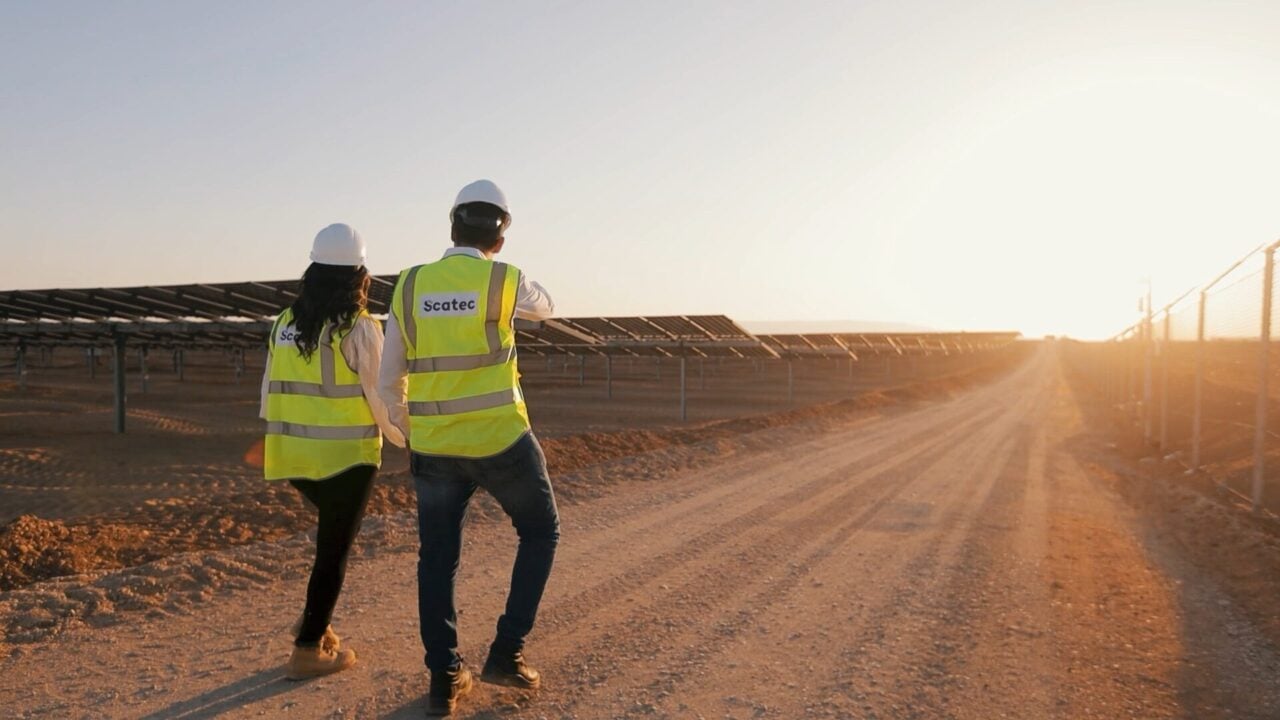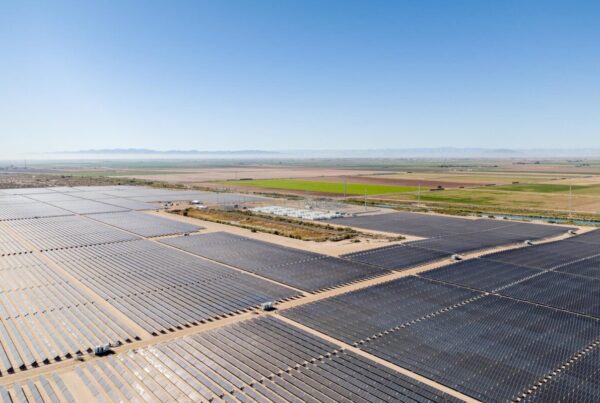
However, notably, Scatec’s electricity generation has not increased significantly over the last year, as shown in the graph above. In the first quarter of 2025, the company’s assets produced 979GWh of electricity, a marginal increase over the 901GWh generated in the first quarter of 2024, but a marginal decline from the 1.1TWh produced in the fourth quarter of 2024. Indeed, the company produced 4.3TWh in the entirety of 2024, and expects its 2025 generation to be similar, forecasting a year-end generation of 4.1-4.5TWh.
While there have been downturns in Ukraine and Jordan, these have been largely offset by an increase in production in Brazil, driven by the commissioning of the 531MW Mendubium solar portfolio in Rio Grande Norte in March last year.
Consistent solar generation
Scatec’s solar assets have been consistently productive over the last five quarters, exceeding 500GWh of generation in each period. Over the last 15 months, solar electricity generation has varied from 547GWh to 672GWh per quarter, compared to a range of 290GWh to 568GWh for the company’s wind assets, a wider range that has a lower floor.
The graph below shows these trends alongside the company’s wind generation, which remains a much smaller part of its operating portfolio.
Looking ahead, the company expects to see considerable growth in its solar operations, with solar projects accounting for 82% of the company’s total backlog of 2.2GW of electricity generation capacity. This compares to the backlog of 815MW reported in the first quarter of 2024, of which solar projects accounted for 51% of capacity, demonstrating that both the company’s solar backlog and the contribution of this backlog to its total portfolio have increased over the last year.
Egyptian operations are set to be particularly productive, with over 2GW of capacity currently under construction and in its project backlog. Much of this forecast growth comes from the Obelisk solar-plus-storage project, at which Scatec began construction this week. The project will consist of a 1.1GW solar facility and a co-located 100MW/200MWh battery storage project, with around half of the solar capacity and the entirety of the battery capacity set to come online in the first half of 2026.
Behind Egypt, South Africa and Brazil have portfolios of at least 800MW, as shown in the graph below, although neither has the same scale of future projects in the pipeline. Indeed, the company has not announced any new projects in Ukraine, Malaysia, Pakistan, Honduras, Jordan and the Czech Republic, highlighting how its growth will be focused on a small number of countries.
Scatec expects to double its total operating capacity “in the years ahead”, across all markets and technologies, and pointed to the signing of 1.3GW worth of new power purchase agreements (PPAs) in Egypt and Tunisia as evidence of continued interest in the company’s projects.
“We have delivered a strong quarter across all segments, expanded our construction portfolio and backlog, and strengthened our capital structure,” said CEO Terje Pilskog. “This reinforces our platform and positions us for continued profitable growth. We remain firmly committed to disciplined capital allocation and to strengthening our financial position.”





